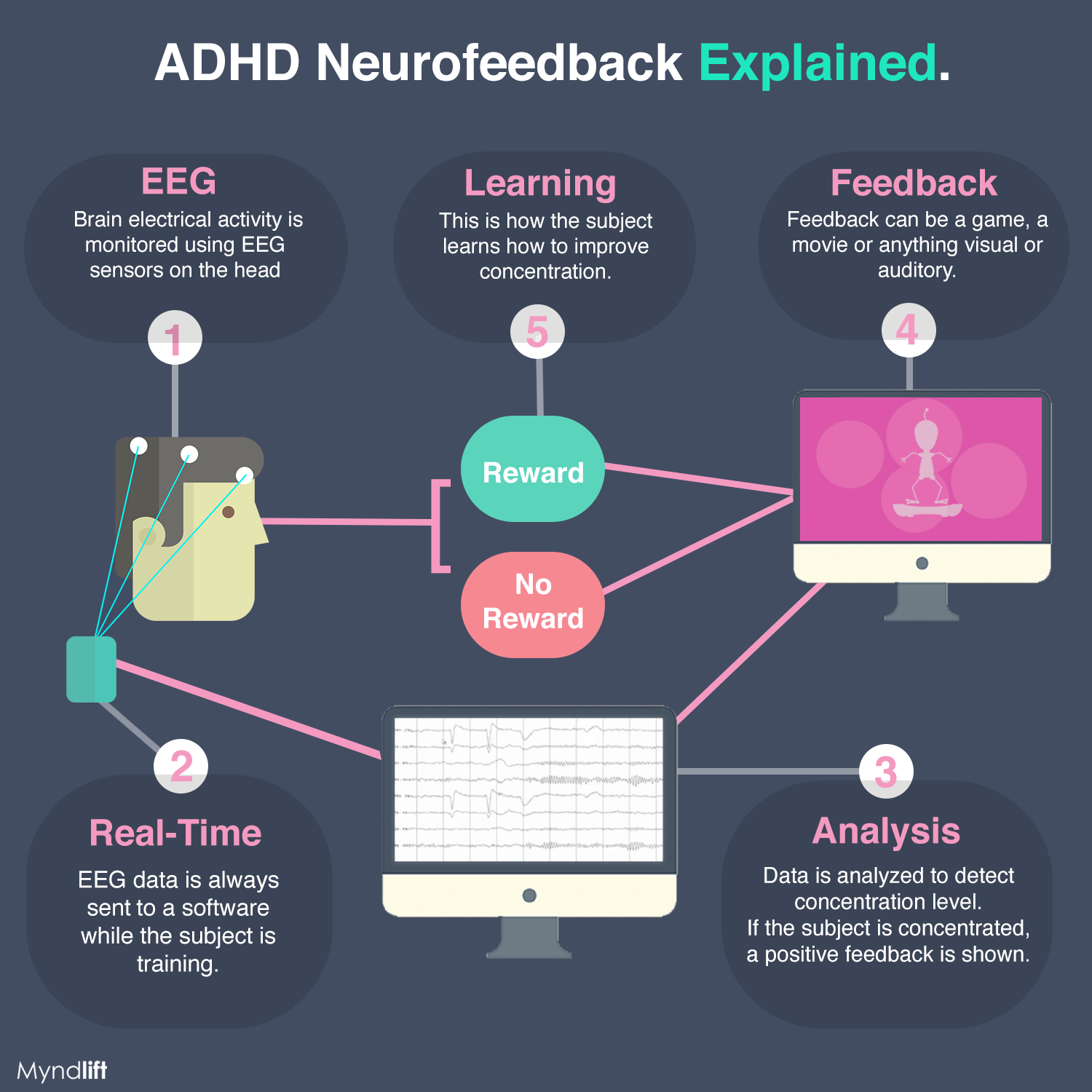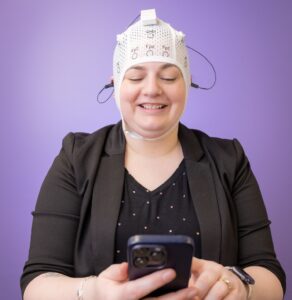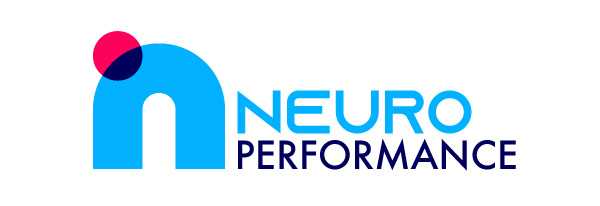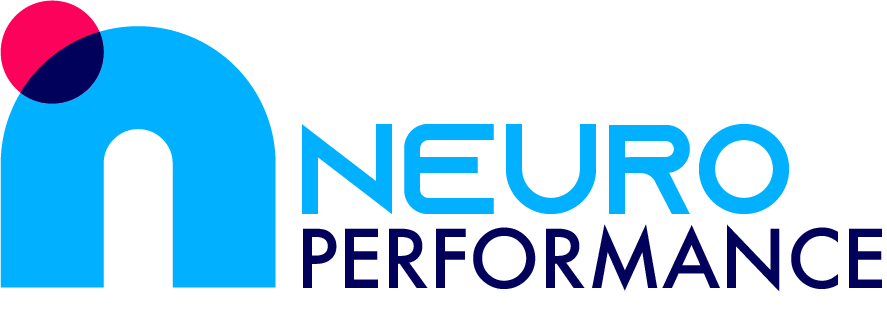Qeeg Scans & Neurofeedback
Fitness for your brain
Neurofeedback is therapist-guided, which means clinicians provide personalized supervision, whether in-clinic or remote at home with our cutting-edge neurofeedback devices. All Neurofeedback training is based on our thorough intake process that includes a quantitative EEG (qEEG). There is no one-size-fits-all with Neurofeedback. It needs to be tailored to your unique brain and needs. Typical areas in which Neurofeedback is used is for ADHD, PTSD, Anxiety, epilepsy and sleep. Varying degrees of research evidence exists for these and many other areas. Some having stronger such as the growing area of using NF in PTSD. Neuroperformance do not believe that Neurofeedback is a magic bullet and will discuss with you the suitability and evidence during the pre screening call or during intake.
Below we have collated the most common questions about Neurofeedback.
Fitness for your brain

It starts with a qEEG
What is an Quantitative EEG?
For new clients, an initial EEG assessment consisting of an analysis of 19 areas of the brain is conducted.
This assessment, called a Quantitative EEG, takes approximately 90 minutes to complete. Using world first, sex differentiated normative data to compare results to, a specific, individualized protocol is created that engages the client in “teaching” their brain to respond in new ways so that new behaviors result more easily and quickly than when using therapy and medication alone.
What is neurofeedback?
Electroencephalography (EEG) neurofeedback is a type of biofeedback therapy which measures and records the brain waves. The user receives visual or auditory feedback which helps the user train the brain to better regulate its activity.
Neurofeedback has been used in clinics around the world for decades, and clinical research has shown it to be effective in improving focus and attention, sleep spindling behaviour and mood regulation with lasting results. Although it is reported by many to help manage many other conditions, more research is still needed.

How many sessions will I need?
For optimal results, clinic sessions are typically scheduled for the first 8-10 sessions with twice per week sessions, followed by a home based program that will make this more affordable and effective. For most clients, significant improvements in symptoms and behavior are experienced within approximately 30-40 sessions but this can vary depending on the concern.
Neurofeedback therapy from home
Neurofeedback, typically conducted in the clinicians offices, can now be done remotely using a wearable device and a mobile app while your clinician monitors your brain activity and progress remotely. By downloading an app onto your device, and using a special Eeg headset, you’ll be able to train remotely with close clinical supervision. This is typically combined with-in clinic sessions that allows your clinician oversight of your treatment progress. Essentially, this can significantly reduce the costs of attending a clinic multiple times per week. There is more that can be incorporated within the clinic such as photobio-modulation. Combination therapy is appearing to be superior. This option is not available for the at home set up. The most suitable way to train will be discussed with you during your feedback session.

What is used in the training?
Neurofeedback training requires an EEG headset that is placed on the head. Once connected, you can start playing games that are controlled by your brainwaves. Through playing these games, your brain will learn to better regulate itself. Depending on the target concerns, we use mainly the Divergance Neuro platform and at times, Myndlift to facilitate training programs.
What is neurofeedback commonly used for?
Neurofeedback has been more commonly used in the treatment of ADHD due to solid evidence now supporting its use. It is also used to help improve sleep issues though directly affecting sleep spindling activity, and is being increasingly used in the space of peak performance and PTSD. There is a growing body of research now supporting the use of NF for PTSD. There is mixed evidence for Neurofeedback as well. Many studies, despite showing results, were deemed to lack controls (hard to do in neurofeedback research). You will find mixed commentary on the internet due in part to this. In ADHD, many studies used a one size fits all protocol, ignoring the uniqueness of the ADHD brain and these studies often showed no results. Our current position at Neuroperformance is that Neurofeedback should not be used as a standalone, but rather supported by an integrative systems approach that seeks to address other contributing factors to the brain or mental health condition being dealt with.
Is it Safe?
Yes. Neurofeedback is a non-invasive technique which helps a person learn how to control, or self-regulate, their brain waves. It is not by definition a treatment. The headset is simply used to listen to and record the brainwaves, it doesn’t transmit anything into the brain thus being non-invasive.
Neurofeedback should not be considered a 'Treatment' like medication. Much like exercise is shown to significantly improve depression, Neurofeedback is dependent on the person engaging in a regular 'exercise' regime to train their brain. Through the process of simply wearing the headset and playing the games, intentionally trying to improve your weekly scores (fitness), the brain will teach itself to better regulate its activities. Improving the brains regulation of its eeg (arousal) will translate into corresponding improved regulation of attention, mood, behaviour and sleep.
That means that when you need to pay attention you can, and when you need to bounce back after a disappointment, you can- thus maintaining optimal peak performance.
We use the iMediSync system for our qEEG and Photobiomodulation sessions



